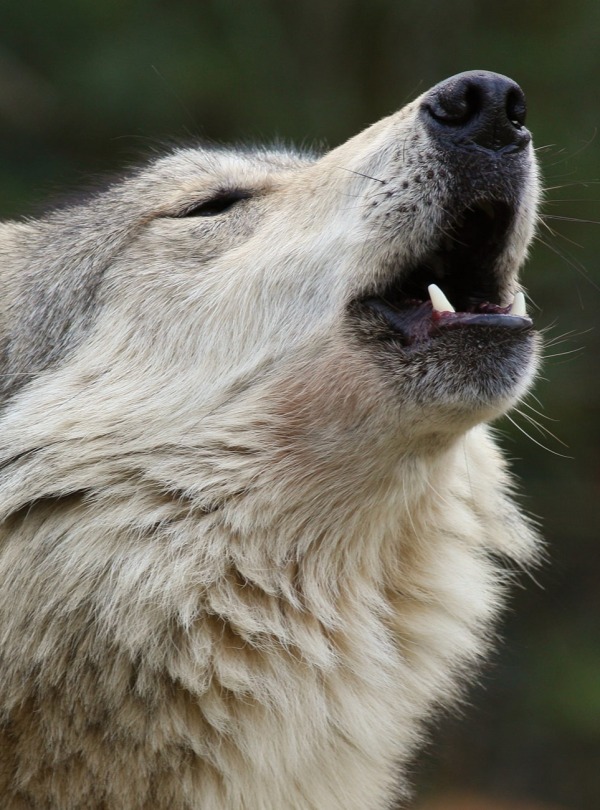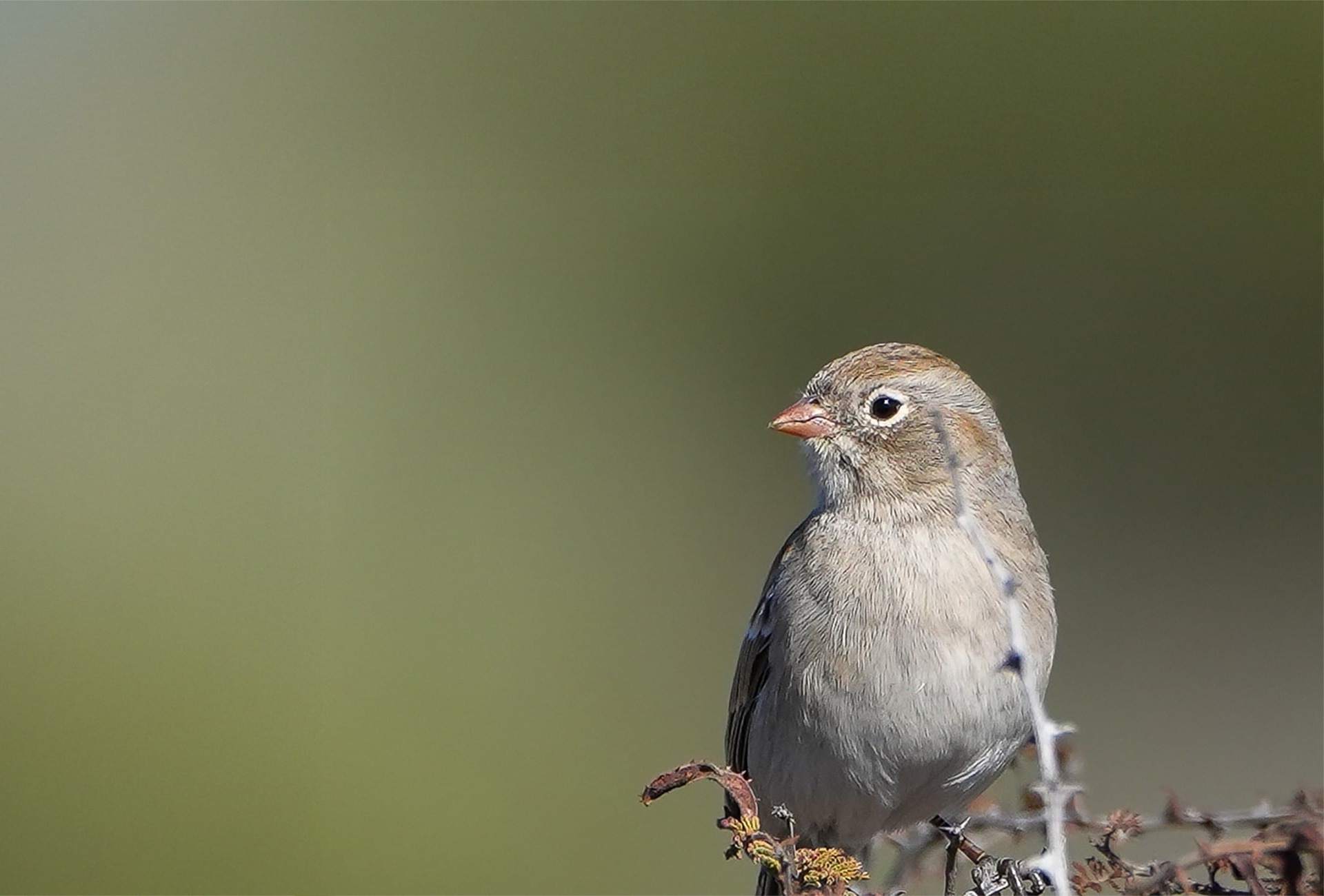
Preserve Mexico’s High Biodiversity Mountains
Support More Work Like ThisSupport More Work Like ThisIn northeastern Mexico, multiple threats endanger primary forest, scrublands, and grasslands that serve as the last and only sanctuaries for 23 threatened species.
-
Species at Risk
Mammillaria sanchez-mejoradae (CR), Turbinicarpus hoferi (CR), Mexican Prairie Dog (EN), Worthen’s Sparrow (EN), Maroon-fronted Parrot (EN), Sceloporus chaneyi (EN), Miquihuana Splayfoot Salamander (EN)
-
Carbon stored
108,696,363 mT *
*(metric tons of CO2 equivalents) -
Partner
Pronatura Noreste
-
1,790,000 Proposed Acres Conserved by
Designation
-
Project Cost: $2,813,533
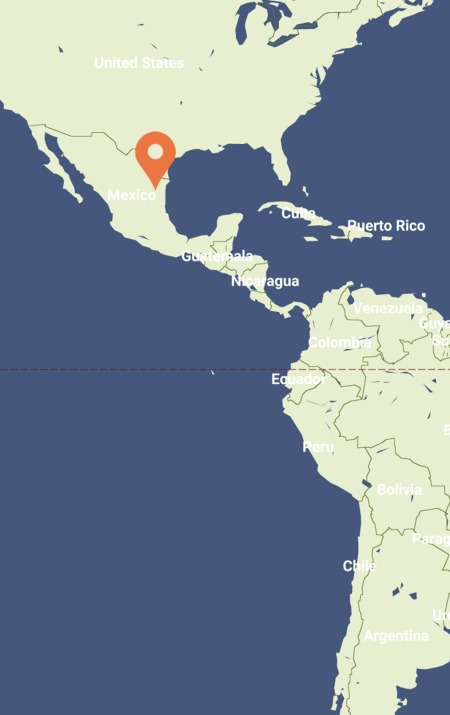
1,790,000
In northeastern Mexico, multiple threats endanger primary forest, scrublands, and grasslands that serve as the last and only sanctuaries for 23 threatened species.
-
Species at Risk
Mammillaria sanchez-mejoradae (CR), Turbinicarpus hoferi (CR), Mexican Prairie Dog (EN), Worthen’s Sparrow (EN), Maroon-fronted Parrot (EN), Sceloporus chaneyi (EN), Miquihuana Splayfoot Salamander (EN)
-
Carbon stored
108,696,363 mT *
*(metric tons of CO2 equivalents) -
Partner
Pronatura Noreste
-
1,790,000 Proposed Acres Conserved by
Designation
-
Project Cost: £2,232,962

1,790,000
The acreage to be protected is
the area of Grand Canyon National Park.
The Sierra Madre Oriental Pine-Oak Forest stretches from central Mexico, northeast through the state of Nuevo León, and up into Texas and New Mexico. Nuevo León is known for its biodiverse montane forest remnants, and the natural grasslands here are considered one of the most threatened ecosystems in North America. Together with a thorn scrub ecosystem, these natural areas are home to an abundance of threatened species facing forest fires, overgrazing, intensive agriculture, and the potential of mining and stone exploitation.
Rainforest Trust and our partner, Pronatura Noreste, will support the protection of 1,790,000 acres of Nuevo León’s remaining natural areas in a network of four state nature reserves. The project will safeguard the last sanctuary of the Endangered Mexican Prairie Dog. Maroon-fronted Parrot, Worthen’s Sparrow, Chaney’s Spiny Lizard, and Miquihuana Splayfoot Salamander will benefit from protection, as will critically endangered, slow-growing, miniature cacti with very limited ranges.
Header photo: Worthen’s Sparrow, by Pedro Guevara/Wikimedia Commons/CC by SA
Explore the Diverse Natural Areas of Nuevo León
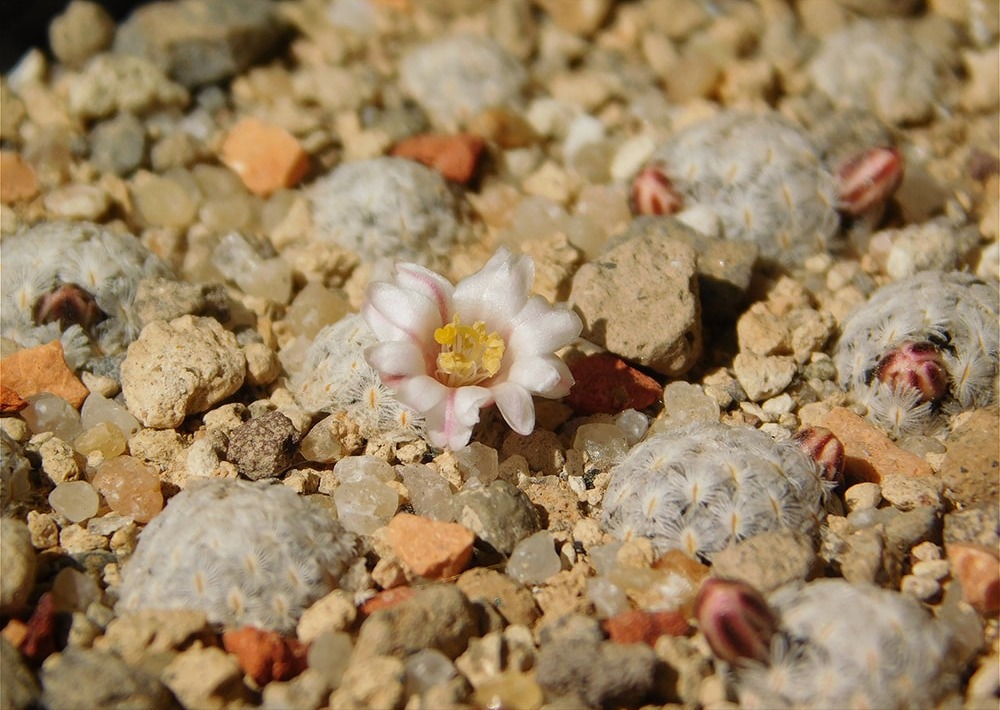
Mammillaria sanchez-mejoradae flower, Municipio Galeana, Nuevo León, Mexico, by Antonio Hernandez
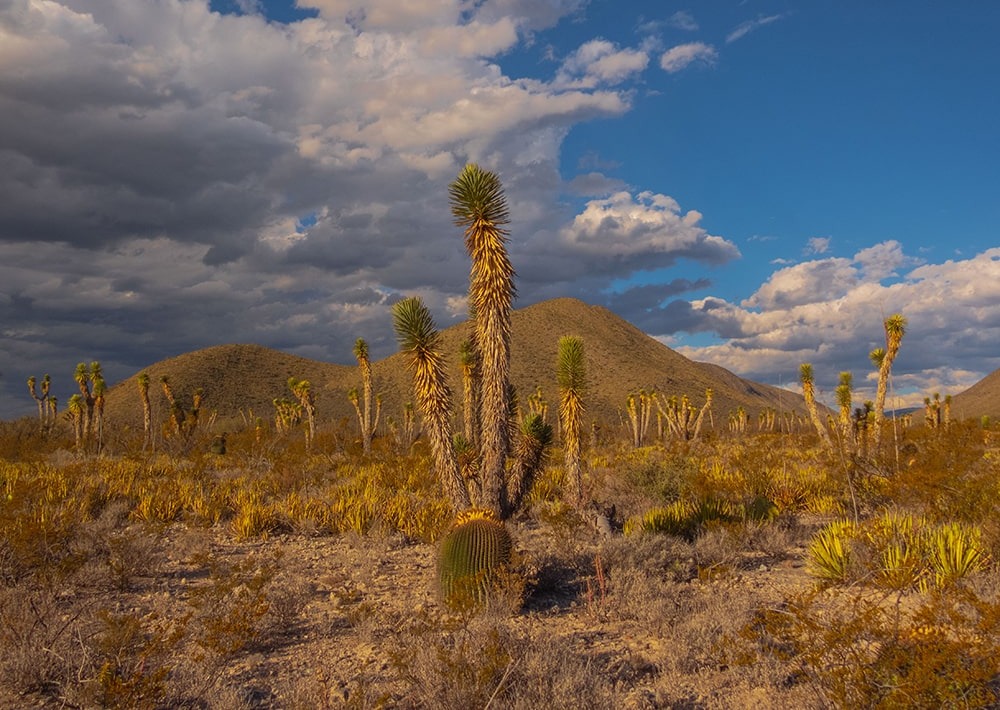
Landscape in Nuevo León, Mexico, by Antonio Hernandez
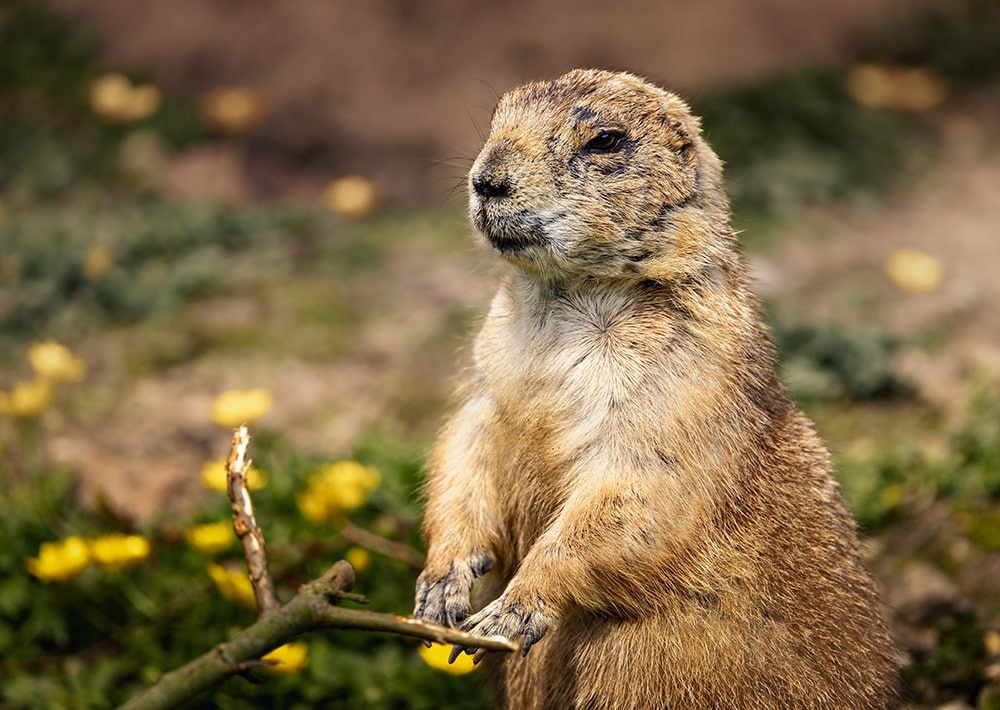
Mexican Prairie Dog, by Wirestock Creators
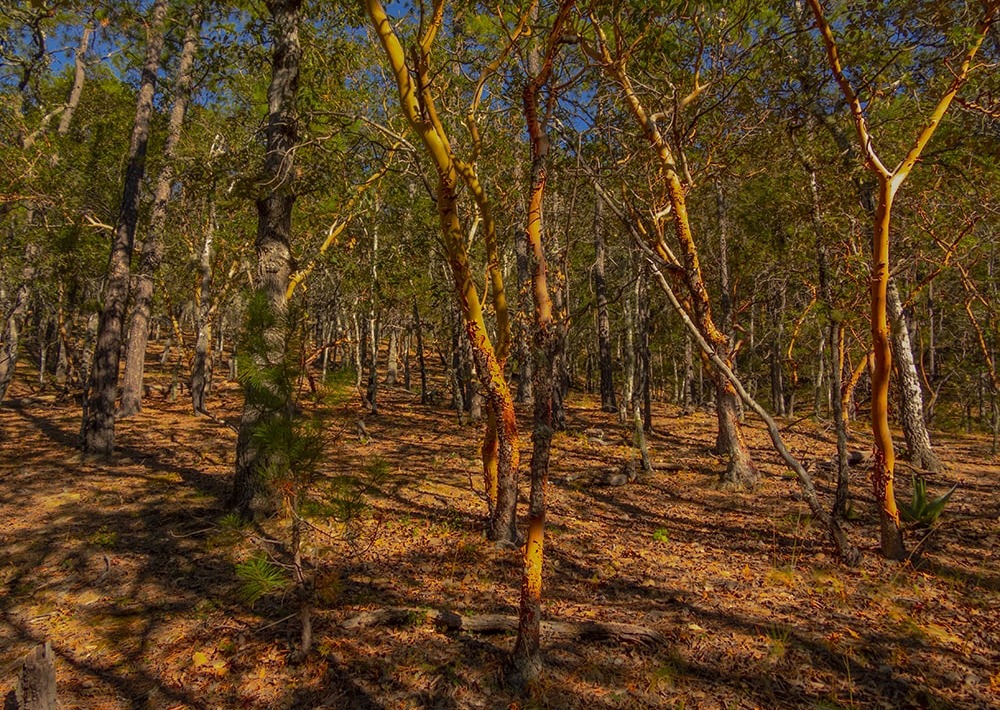
Landscape in Nuevo León, Mexico, by Antonio Hernandez
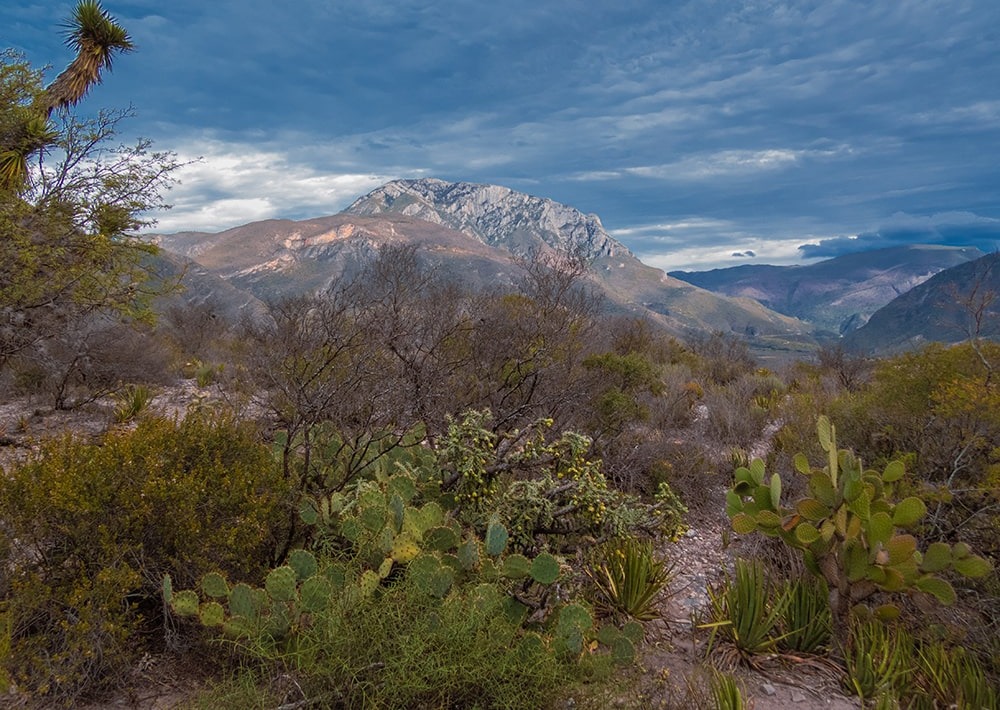
Landscape in Nuevo León, Mexico, by Antonio Hernandez
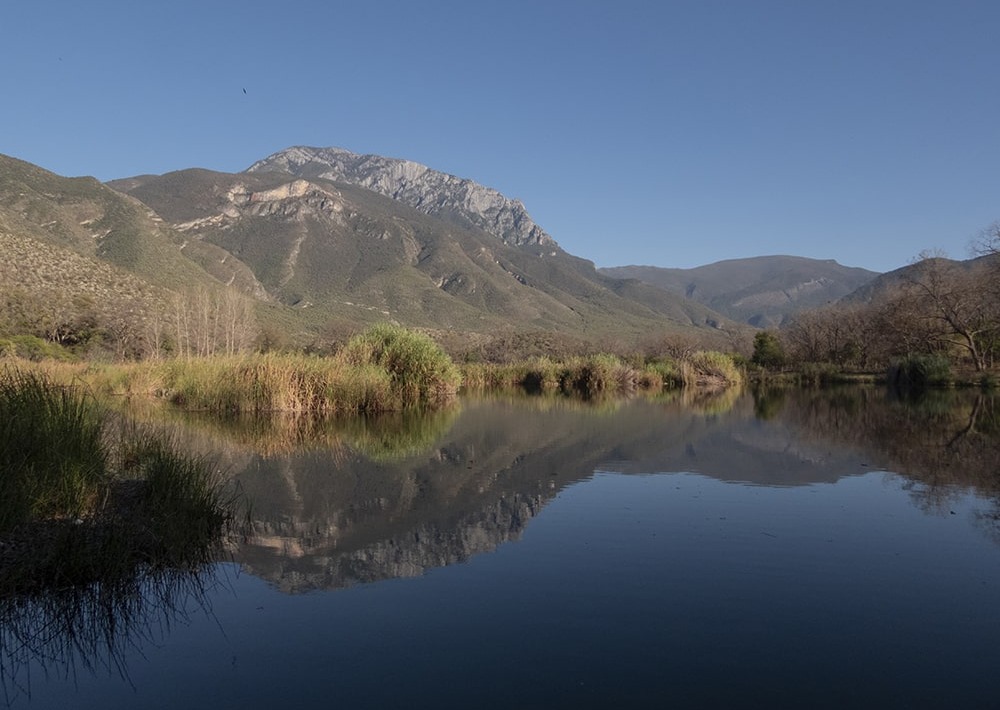
Landscape of Nuevo León, Mexico, by Antonio Hernandez
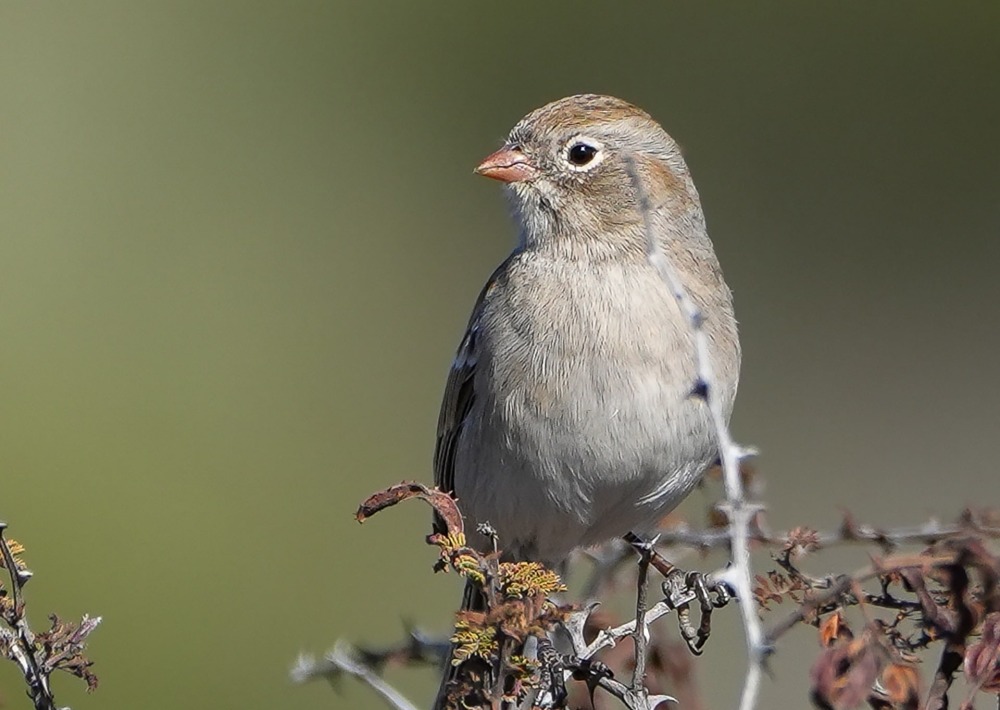
Worthen's Sparrow, by Pedro Guevara/Wikimedia Commons/CC by SA
Safeguard a Majority of Nuevo León’s Primary Vegetation
Once the new reserves are created Nuevo Leon will have 22.8% of its territory protected and a significant percentage of the state’s primary vegetation, including grasslands and forests of pine, oak, and Douglas fir. The largest of the four reserves lies directly north of an area of 1,372,671 acres along the migration route of Monarch Butterflies protected with Pronatura Noreste in 2022.
Mining exploitation will be prohibited in the reserves, advancing Nuevo León’s and Mexico’s conservation goal to protect natural spaces of great importance to biodiversity. The project will strengthen conservation of two large ecological corridors totaling over 7.9 million acres.
Save Four Distinct Natural Areas for Unique Species
Each proposed reserve holds a unique mix of vegetation and animal species.
-
-
- Sierra Madre Oriental is the highest elevation area (up to 11,502 feet) and shelters Maroon-fronted Parrot, Military Macaw, Worthen’s Sparrow, and range-restricted cacti.
- Sierra de Gomas is 100% covered with primary natural thorny and scrub vegetation, where the Mexican Black Bear is found.
- Sierra de Lampazos-Sabinas harbors rare plant species among submontane scrub, oak forest, desert scrub, and remnants of juniper forest.
- Sierra Las Mazmorras y Pastizales Prístinos is dominated by desert shrublands and holds the remaining unprotected grassland home of the Mexican Prairie Dog.
-
Conservation work is critical, challenging, and can be costly. We work hard to ensure we raise only the funds needed for each project. In the rare case we raise more money than needed or a project comes in under budget, excess monies will be transferred to the Conservation Action Fund. This fund supports our important conservation work throughout the tropics.
Project Modifications
Rainforest Trust conducts extensive research and due diligence on each of the projects that we support, so that once a project is offered for public support we believe it will succeed. We work closely with our project implementers, offer support, and regularly monitor their progress. Given the nature of the work, projects may not progress exactly as intended and may be unable to meet all objectives. To respond dynamically to the needs of our project implementers and the realities of the landscapes in which they operate, Rainforest Trust expressly reserves the right to modify a project as it deems necessary, provided that donor intent is honored by ensuring that that the original project objectives are diligently pursued and that project funds continue to benefit the landscape and species identified in the project overview. Project modifications that we may need to make in certain circumstances include the specific project implementer, the size of the landscape to be protected, the type of protection to be afforded to the landscape, and the development of sustainability mechanisms.
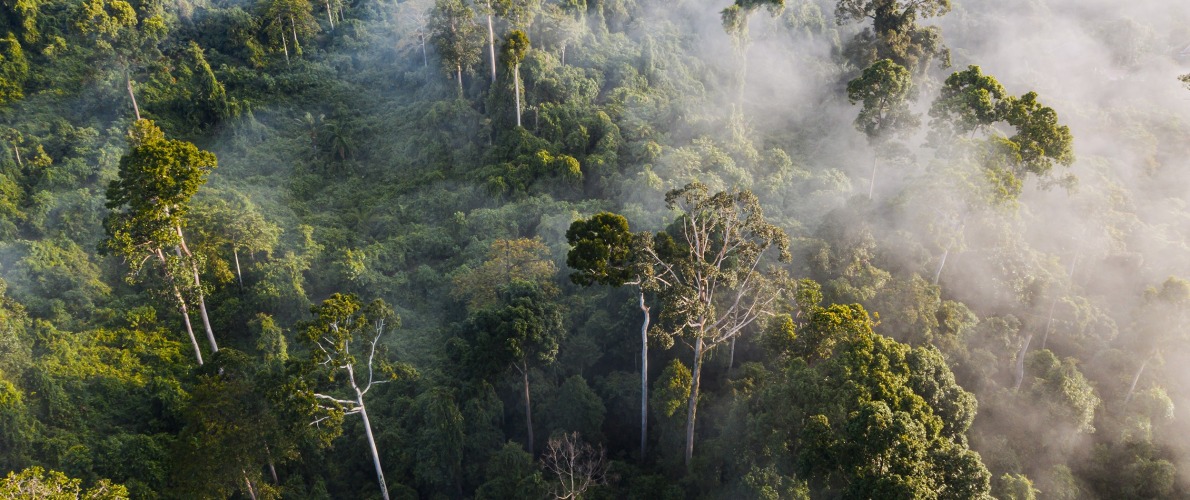
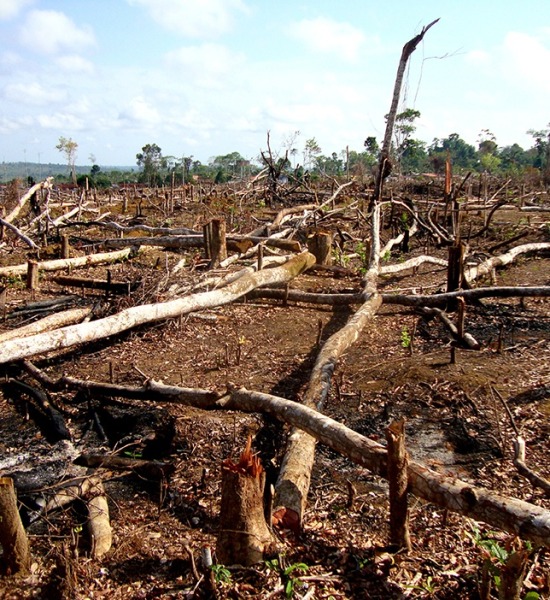
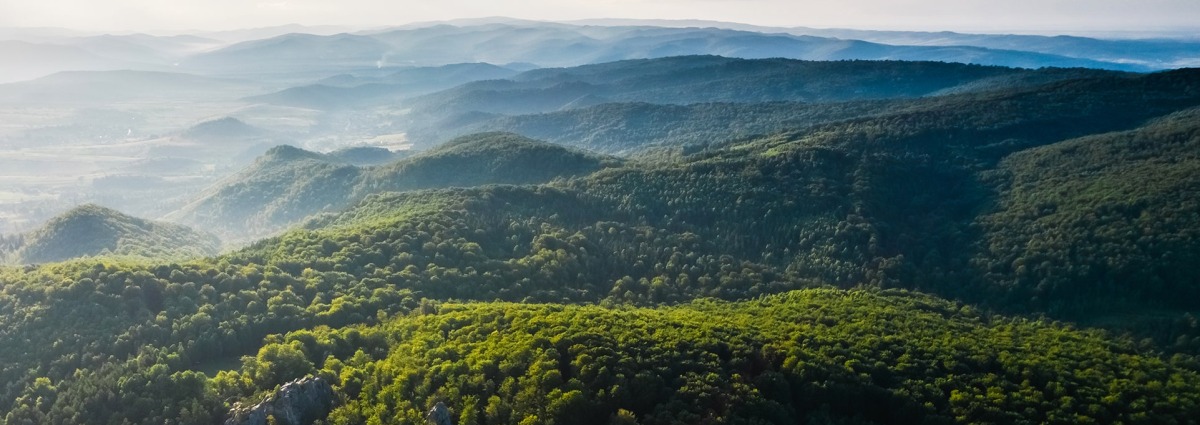
Partnering to Save Rainforest
Our partners’ ability to work with their governments and build strong connections with local communities ensures the successful implementation of our projects.
Learn More About This PartnerLearn More About This Partner
